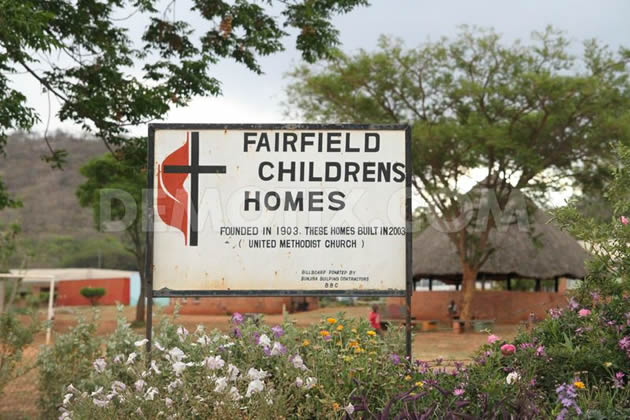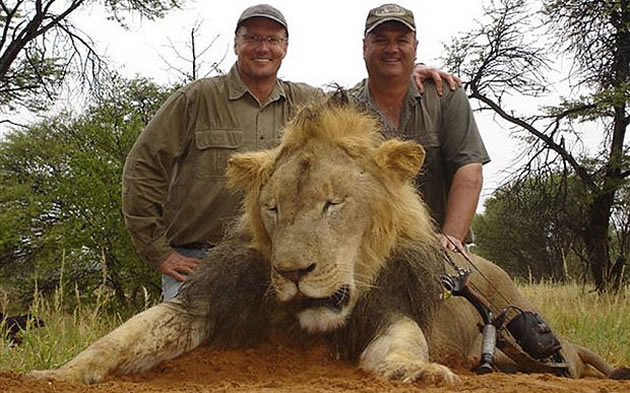Are homes safe for protection of children?

- Maid rapes two year old
- 12-year-old girl faints as she comes face-to-face with perpetrator
- Girl murdered for ritual purposes
- Maid suffocates baby
- Father poisons three children, kills self
RECENTLY The Chronicle highlighted these and other related stories and one wonders whether homes and the immediate surroundings are still safe places for our children.
Homes are supposed to provide safe shelter and protection for all children yet the perpetrators of sexual abuse of children and violence are found in the home.
On the other hand, churches are supposed to protect the children from any form of violence yet children are no longer safe in churches as they are married off at a tender age and some are sexually abused too.
According to the book, Justice not Silence, the church and theological institutions have an obligation to respond to gender based violence and to challenge all forms and processes that diminish the health and well-being of women, girls and the general populace.
When the same children try to turn to schools for protection, that is where bullying takes place and some children are sexually abused by teachers and peers as well.
Orphans and vulnerable children especially those with disabilities have been harassed and sexually abused too by their guardians and relatives. There is an alarming rise in the abuse of children. While some children report, others do not because of the parents’ fear of stigmatisation and embarrassment especially where the perpetrator is a family member.
While rape is one critical issue in terms of the child protection and safety, some children have been abducted and killed for their body parts (ritual murder) and some have been trafficked and used as sex slaves.
There are also children who die from cruelty, beatings and neglect from parents, relatives and guardians.
Recently a number of children disappeared from Nkulumane and Emganwini areas in Bulawayo. This is a serious sad development especially at a time when the government and other stakeholders are clamouring for Zero Tolerance to domestic violence.
One element which is a causal factor to child abuse is the ever increasing numbers of orphans due to the Aids pandemic and other chronic diseases. This has led to an increase in child-headed homes and foster parents who subsequently take advantage of these vulnerable children.
Unfortunately too, a significant number of children who are HIV positive are of the status because of sexual abuse by men who are HIV positive thinking they can cure themselves of the virus by having sex with virgins.
Our children need us to make this world a safe place for them to grow up in.
The other factor is the, “absent parents” who simply leave their children in the hands of grand-parents, uncles and aunts as they go to the diaspora in search of greener pastures or go away for long periods due to work commitments. In the end the same relatives abuse these children.
A family unit is the starting point of socialisation, protection and safety of our children but when children are left vulnerable, they get exposed to all forms of violence and hence these cases of rape and abuse.
Most people think of adult rape as a crime of great proportion and significance and are unaware that children are victims at a much higher rate than adults. The rate for children or youth aged 12 to 17 for example is 2 to 3 times higher than that of adults and 44 percent of rapes with penetration occur to children under the age of 18.
About 90 percent of children who are victims of sexual abuse know their abuser. The younger the victim the more likely it is that the abuser is a family member. About 60 percent of children who are sexually abused are abused by people the family trusts.
Most sexual abuse of children occurs at the victim’s house or the perpetrator’s house and most children are raped between 8AM and 4PM when the parents leave for work and before they come back home from work.
Most children come back from school around 12 midday and 2PM and at times they are home alone or with the maid who also takes advantage of the situation. For older children aged 12 to 14 years they are usually raped in the late evening hours. Parents should also ensure that younger children are escorted to and taken back home from school.
Abusers often form relationships with potential victims or their families prior to the abuse. This is called grooming. The offender gradually draws a victim into a sexual relationship and maintains it in secrecy. At times the offender is even valued and trusted by the victim’s family.
Grooming involves outings, gifts, filling the child’s current needs and roles in the family, becoming increasingly intimate and use of threats to maintain control.
The parents should always monitor the children’s movements and engagements.
Children who live with two married biological parents are at a low risk of abuse. The risk increases when children live with step-parents or single parents.
Children that stay with single parents who have live-in partners are at the highest risk. They are 20 times more likely to be victims of sexual abuse than children living with both biological parents.
Gender is also a major factor in sexual abuse; females or girls are five times more likely to be abused than males.
The median age for reported abuse is 9 years but a significant number of children are abused before the age of 8.
Children in low socio-economic status households are three times likely to fall victims of child sexual abuse than those from affluent houses.
Children who are sexually abused suffer from depression, later post-traumatic stress and often anxiety symptoms such as depression and suicide attempts.
This can disturb the normal development of the child and have a long lasting dysfunction and distress well into adulthood.
Sexually abused children display high absentee rates and difficulty with school adaption as grades usually drop after abuse.
At times, a history of child sexual abuse increases the chance of the child dropping out of school. Substance abuse is also highly related to child sexual abuse. Girls who are sexually abused are two times as non-abused peers to become teen mothers.
Direct physical signs of child sexual abuse are not common.
However, when physical signs are present they may include bruises, redness, bleeding or scabs around the mouth, genitals or anus. Urinary tract infections, sexually transmitted diseases and abnormal penile discharge are also warning signs. Other signs are chronic stomach pains and headaches.
Some common consequences of trauma from sexual abuse include nightmares, bedwetting, bullying and self-harm of any nature.
One element is exhibition of sexual behaviour and language that is not age appropriate. Parents should check for such signs in their children and report immediately to the Victim Friendly Unit.
- Vaidah Mashangwa is the Provincial Development Officer for Bulawayo in the Ministry of Women Affairs, Gender and Community Development. She can be contacted on 0772111592 e-mail [email protected]











Comments